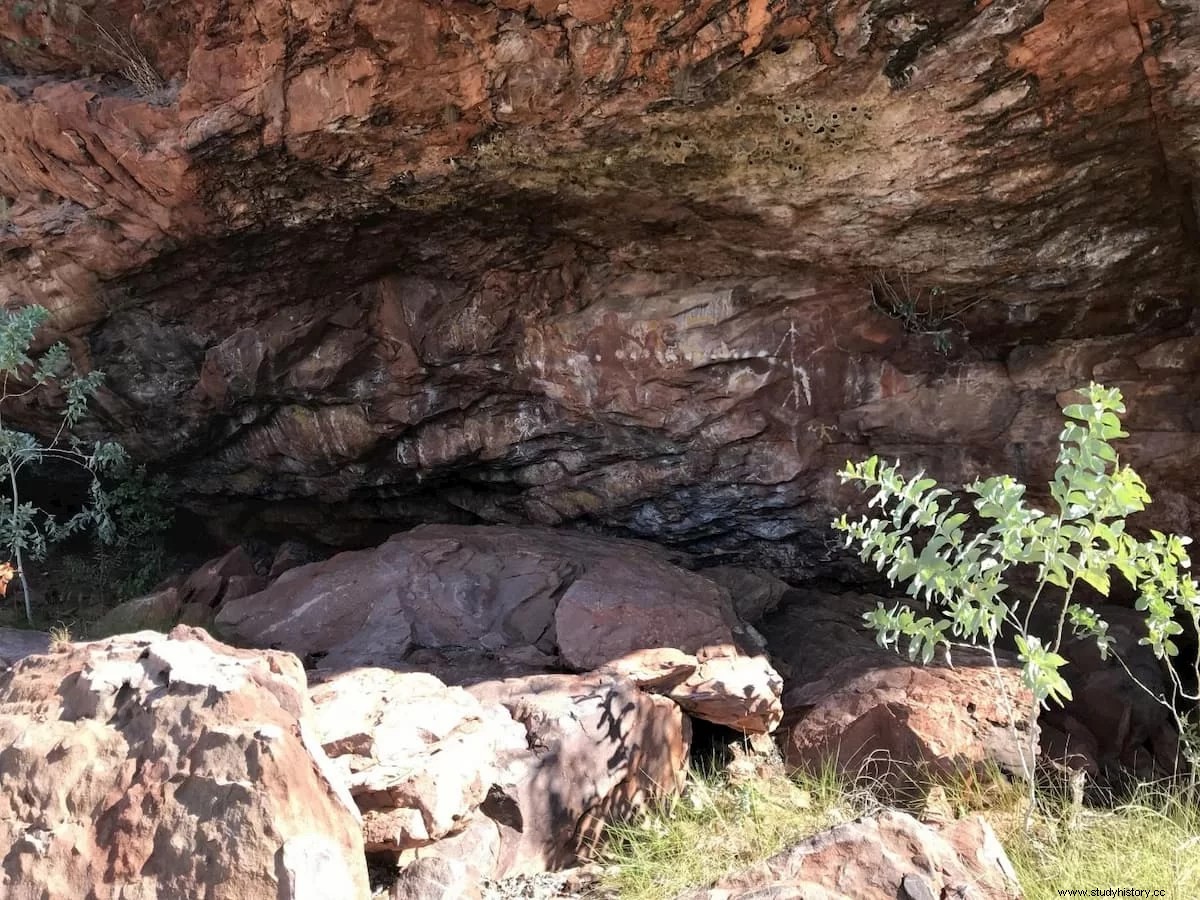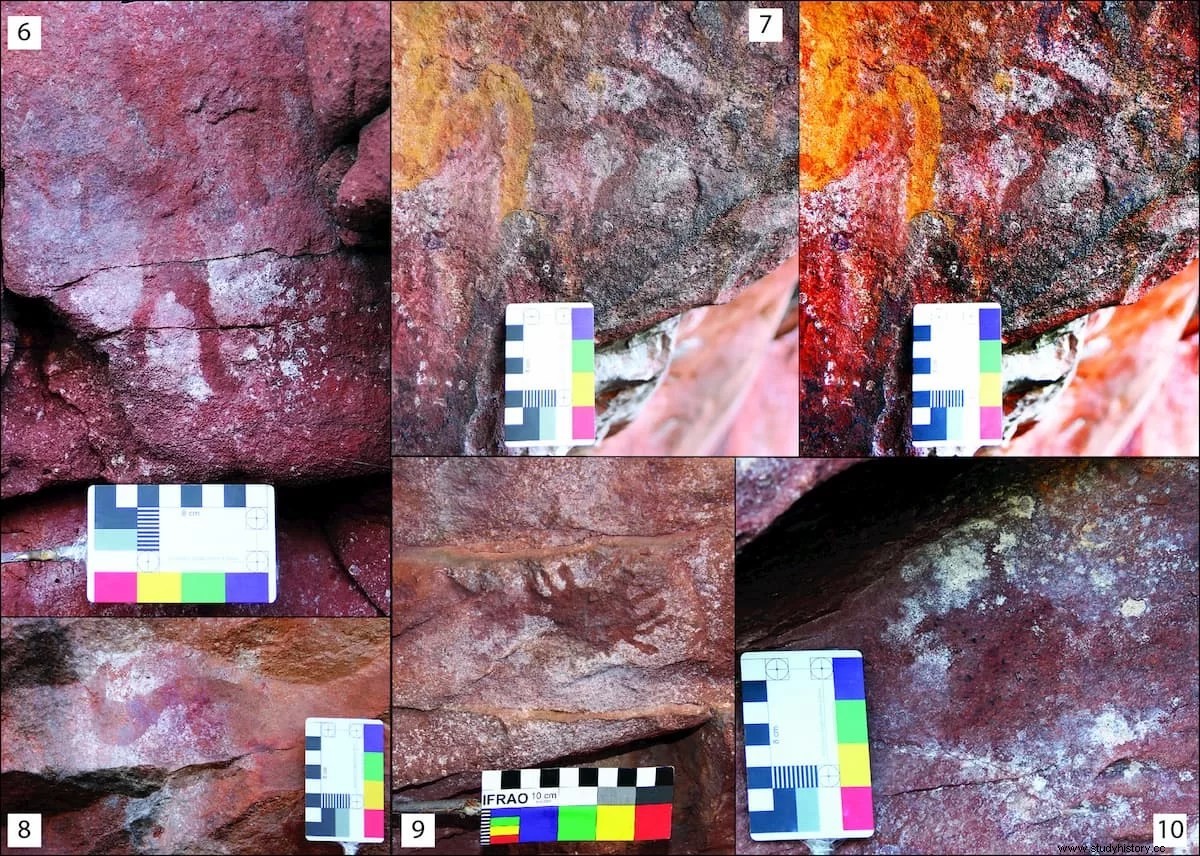Australian archaeologists have found some of the most detailed examples of rare and small-scale rock art, virtually miniature, made using the stencil technique or stencil in a rock shelter traditionally used by the Marra people, Aboriginal people of the Northern Territory.
The research, published in the journal Antiquity , examined unusual art found in the Yilbilinji rock shelter in Limmen National Park, in the southwestern Gulf of Carpentaria region of northern Australia.
Traditionally owned by the Marra Aboriginal people, the site was documented by the research team in 2017 and instantly classified as unique.

According to Liam Brady, an archaeologist at Flinders University it is the sheer size of the rock art that makes this site unusual and highly distinctive . Rock art from around the world using the stencil technique typically features larger or life-size dimensions, such as human and animal body parts, objects (e.g. boomerangs), and even plant matter . However, many of Yilbilinji's prints are tiny or miniature in size, and too small to have been made with actual body parts and full-size objects.
Only two other examples of this form of miniature rock art, both human figures, have been found in the world:one at Nielson's Creek in New South Wales and another on Kisar Island in Indonesia.
The research team - archaeologists, anthropologists, Marra rangers and Limmen National Park rangers - recorded a total of 17 images of these miniature stencil prints during a field trip in 2017.
The images show a wide range of motifs, including human figures, animals (crab, long-necked turtles), kangaroo feet, wavy lines, boomerangs, and geometric shapes.
A clue as to who may have made this curious rock art comes from the fact that most of the miniature prints were made with rounded, curved edges, meaning they were probably made using something that could be easily shaped and glued to the surface. of the rock.

Another clue comes from anthropological research in the region. Co-author and anthropologist John Bradley of the Monash Indigenous Center has worked with Aboriginal people in the study area for more than 40 years. He remembers seeing beeswax used by people for various purposes, such as an adhesive to repair spears and harpoons. He also saw children shaping beeswax into objects and animals such as cattle, horses and cowboys.
Using these clues, the researchers decided to test whether beeswax could have been used to make the miniature stencils , he says. Our experiments, which involved heating and shaping beeswax into human figures, animals, objects, and geometric shapes, and then stenciling onto a slab of rock, confirmed that beeswax was an excellent material for making this kind of miniature stencil."
According to Professor Amanda Kearney, whoever made these miniature stencils – adults or children – the debate is open, as is their meaning . However, what is important here is that this discovery adds another dimension to the Australian and global rock art record .
In fact, since this discovery was made, three additional new examples have been discovered in the area – a human figure, an equid and a freshwater turtle – further highlighting the archaeological potential of the Limmen National Park.
